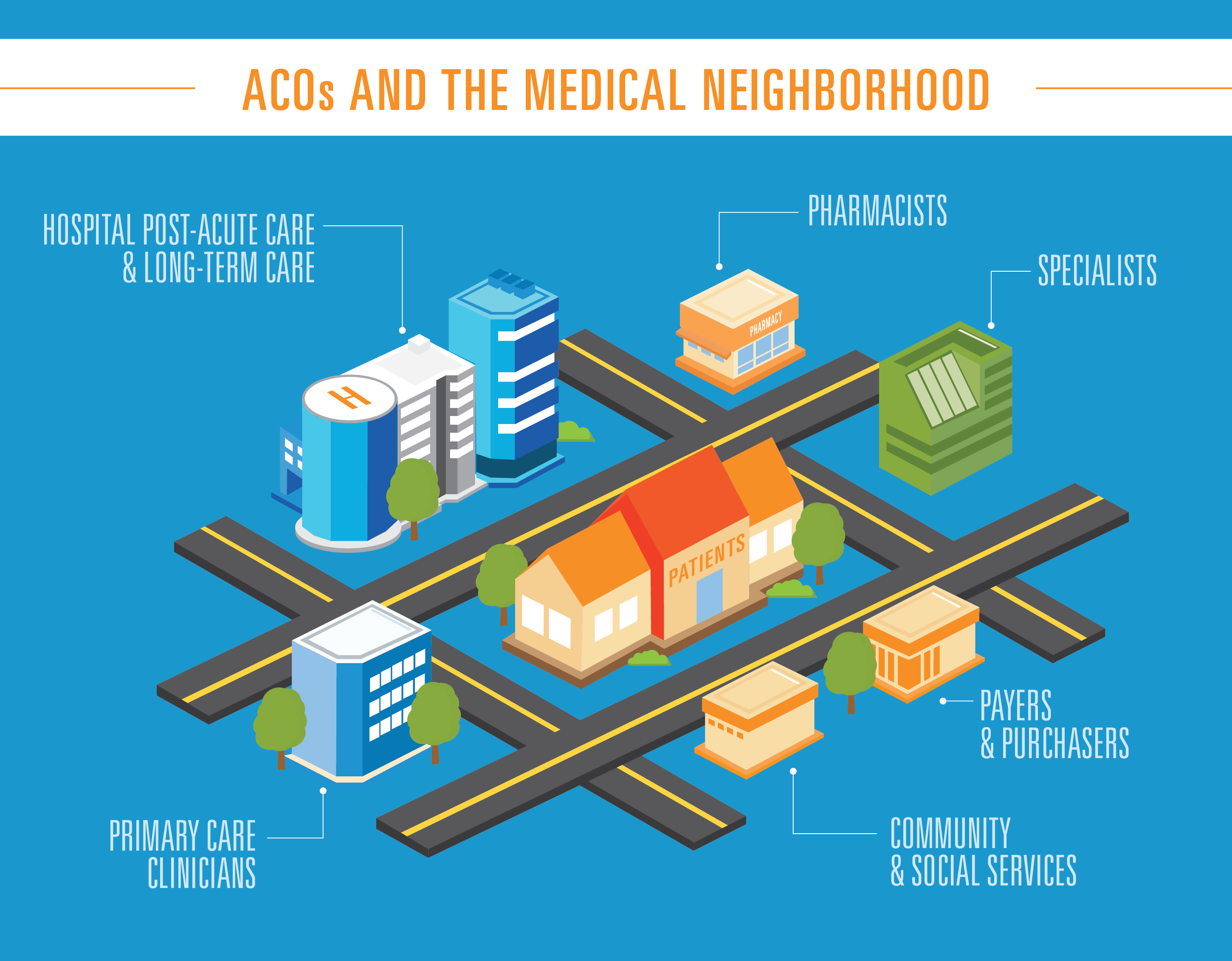
How to Boost Member & Patient Activation in 2024

In recent years, the healthcare industry has largely focused on acquisition. Yet it’s becoming increasingly important for providers and payers to increase patient activation and member activation. It makes sense why people would prioritize acquisition — more patients and members means more people paying for your services.
But there are two primary challenges with this. For one, there has been a dramatic increase in providers, from outpatient clinics to urgent care centers to concierge medicine. This has happened with payers as well, with an explosion in Medicare Advantage plan options. With more competition, acquiring new patients and members is more difficult and expensive.
Moreover, profit margins are becoming thinner by the day. The average revenue new patients and members brought in ten years ago was almost certainly higher than it is today. This is largely due to lower reimbursement rates and rising operating costs. Patients and members have also seen higher costs, leading to fewer of them seeking preventive care.
Whether it’s providers activating patients to schedule a hip replacement or payers activating members to register for their grocery delivery service, member and patient activation often presents a larger revenue opportunity than acquisition. Of course, activation isn’t without its challenges. Below, we’ll go over the activation hurdles healthcare organizations tend to face and how to overcome them.
Top Patient & Member Activation Challenges
Communication Barriers
There are several reasons that healthcare organizations have a hard time communicating with patients and members. For one, many simply don’t have a high degree of healthcare literacy.
Between the industry’s heavy use of medical jargon (e.g. “hip arthroplasty” instead of hip replacement), the wide variety of treatment and medication options, and the complex relationship between providers and payers, the system can be difficult to navigate even for the savviest patients and members.
On top of that, healthcare organizations’ communications often aren’t catered to their audience. Providers and payers may require patients/members to download clunky apps, send dense PDFs or printouts, or reach out via low-engagement channels like email or phone calls. Others will have critical information buried deep within their website, or unavailable in patients’ and members’ preferred language.
When patients/members struggle to access critical information on your site, they’re more likely to do their online research. There, they might turn to competitors that do offer accessible information — or worse, consume unreliable content from disreputable sources. This makes member and patient motivation all the more challenging.
Related: 2024 Healthcare Trends Report: Using Digital Health Tools to Solve Healthcare Challenges
Social Determinants of Health Barriers
Social determinants of health (SDoH) like food security, housing and transportation access, level of income, and environmental hazards have been garnering more attention as potential care deterrents in recent years. The Centers for Medicaid and Medicaid Services (CMS) is now even requiring healthcare organizations to report certain SDoH factors.
Providers and payers, however, should go beyond addressing just the required SDoH factors. Not only is it the right thing to do — it also impacts your bottom line. Patients and members who come from cultural backgrounds where seeking care is stigmatized, struggle with mental health issues, or are economically insecure are less likely to engage with you.
When factors like these go unaddressed, you’ll naturally have a greater number of dormant patients and members. As a result, their health will suffer — leading to poorer outcomes and higher costs in the long run.
Member & Patient Proactivity
Of course, activation isn’t a completely one-sided activity. While healthcare organizations need to have a solid activation strategy in place, patients and members must take action themselves. Although it may feel like this is out of your hands, there are steps you can take to increase the likelihood that members and patients take action.
Ultimately, it comes down to figuring out what motivates patients and members. Take a colonoscopy screening, for example. Some may be motivated by hard stats on the benefits of early detection of cancerous polyps, while others may simply want to learn more about the procedure to allay their fears.
Too often, however, healthcare organizations take a one-size-fits-all approach. Patients and members may simply get a reminder email, phone call, or app notification during colon cancer awareness month. For proactive patients, this may be enough — but for the many patients who are reluctant to schedule a colonoscopy for another reason, you will likely have to dig deeper.
4 Ways to Increase Patient Activation & Member Activation
We’ve talked about why patient and member activation is important, and the challenges that stand in the way of it. Now, it’s time to dig into what you can do to create an effective activation strategy.
1. Create User-Friendly Content
Many healthcare organizations fear that member and patient activation requires a deluge of content that they don’t have the bandwidth to produce. But you don’t want to bombard your audience with information — it’s all about working smarter, not harder. Producing less content that’s more engaging will drive better activation than just pumping out more of the same.
To start with, you may want to rethink the format in which you deliver your communications. Keep in mind that highly visual assets tend to perform better than text-heavy PDFs or printouts. So rather than sending a reminder email, phone call, or notification, you may want to send infographics, videos, or checklists.
Try to avoid medical jargon (e.g. saying “non-cancerous polyps” instead of “adenoma”) and make this content available in multiple languages.
Related: 5 Ways to Improve Member Experience for Next Year’s Medicare Star Ratings
2. Target Different Motivations
When creating content, you’ll want to make sure that you have different assets for different motivations. Going back to the colonoscopy example, here are some different pieces of content you could create and the audiences they would resonate with
- Infographic – “Top 5 Reasons to Book Your Colonoscopy Today”: Speaks to those motivated by statistics and hard data and those who have simply forgotten, or were too busy, to schedule a colonoscopy
- Pamphlet – “Colonoscopy FAQs: Questions & Concerns Addressed”: Speaks to those who have been putting off a colonoscopy because they’re nervous about the procedure and what it involves
- Video testimonial – “Why Becoming a Grandfather Made Me Schedule My Colonoscopy”: Speaks to those who have strong relationships with their families and want to be around for them
Tip: Make sure that the images and videos of people in your assets reflect your audience. Older audiences, for example, may not trust a younger doctor as much as an experienced one. Minority patients and members, meanwhile, may better identify with people from their backgrounds.
You may want to set up dedicated nurture paths for specific audience segments (e.g. elderly patients and members) to send a steady flow of relatable content. For patients and members whose motivations are less clear, you can send a variety of content, and then look at which content they engage with to create a customized flow for them.
3. Take an Omnichannel Approach
After rethinking your content format and messaging, you’ll want to rethink how you deliver it. Different members of your audience will have different communication preferences, so reaching them requires an omnichannel approach.
Traditional channels are seeing decreases in engagement — for example, 75% of Americans don’t answer cell phone calls. Direct mail, on the other hand, is slow-moving and an unreliable way to reach anyone with housing security issues. Emails see low open and click-through rates, while patient portals and apps have notoriously low retention rates.
That’s not to say that you shouldn’t leverage any of these channels — but you shouldn’t rely on any one channel too heavily. Spreading your communications across a variety of platforms increases the odds that your message actually reaches your intended audience. Ultimately, this helps healthcare organizations increase patient activation and member activation alike.
And don’t forget to leverage text messaging, a channel that’s often neglected by healthcare providers and payers. 97% of Americans own mobile phones, spanning across different ages, races, and socioeconomic backgrounds. What’s more, engagement rates for text messages (98%) are nearly five times higher than engagement rates for text messages (19.8%), making it among the most effective communication channels.
Read more: EHR Optimization – The Benefits of Having Digital Solutions on Top of Your EHR
4. Open Up Bidirectional Communication
Sending user-friendly content that addresses different motivations across multiple channels is a great start. To increase patient activation and member activation, however, you’ll want these communications to be two-way.
When members and patients can respond to your communications, you can resolve the issues standing in the way of the booking services. Whether they want to know how to schedule an appointment, have concerns about cost, or need a ride, you can proactively address their concerns and connect them with the resources they need.
While this might seem like a heavy lift, you can automate many responses to the most common queries and questions with chatbots. More complex concerns, meanwhile, can be escalated to a member of your care coordination team.
Make Patient & Member Activation a 2024 Priority
With greater competition among healthcare organizations, lower reimbursements, and thinner profit margins, it’s more important than ever to increase patient activation and member activation. And given how much easier it is to activate a dormant member or patient than acquire a new one, activation should be a top priority for providers and payers alike in the next year.
Your communication with patients and members is just as important as your marketing strategy. While revamping it may require some upfront effort, both you and your audience will benefit in the long term. After all, member and patient activation is the first step to empowering your audience to make more informed medical decisions and enabling them to live a healthier life.








